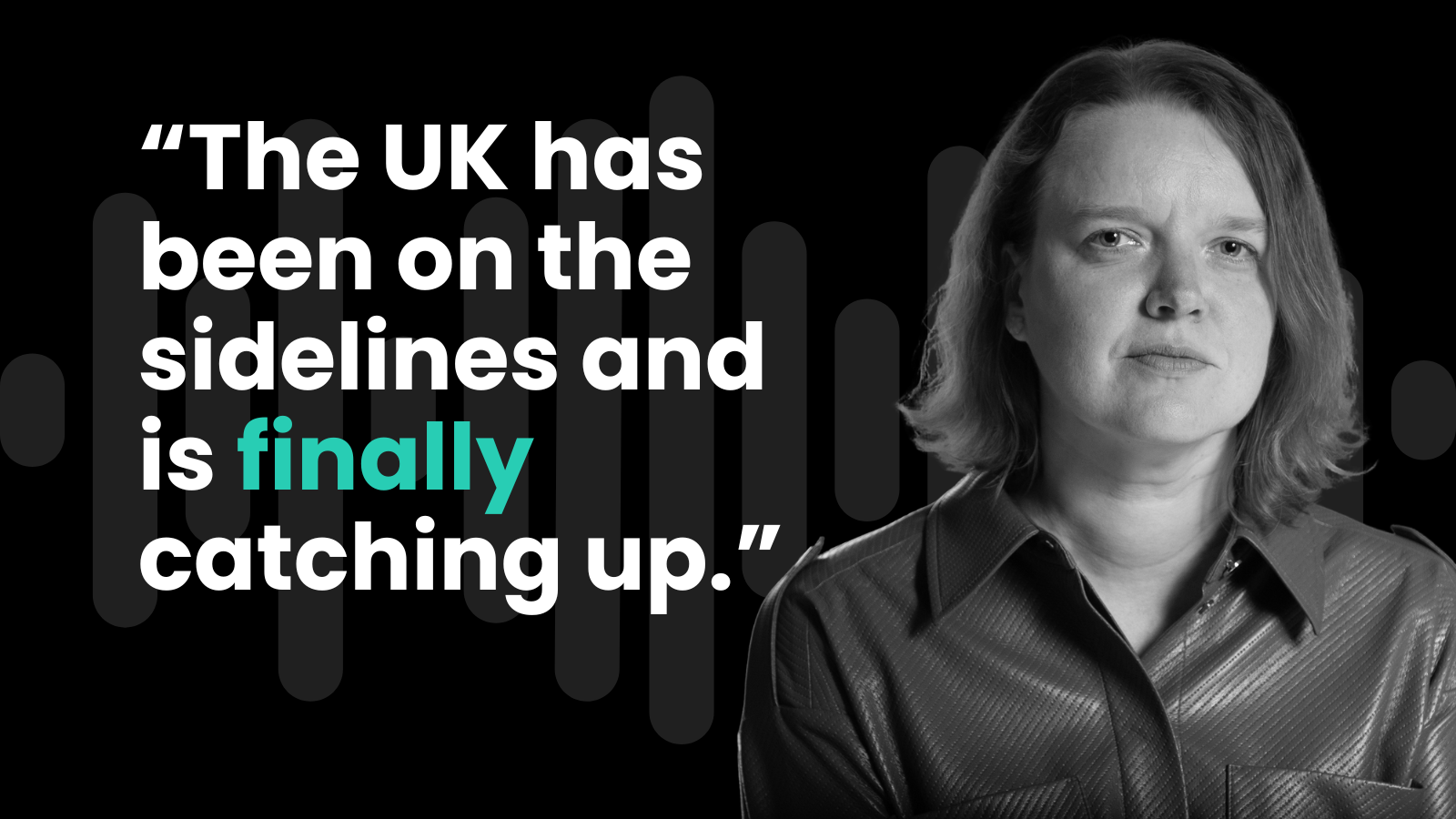A new, low-cost generic version of a lifesaving cystic fibrosis medicine has been launched by a coalition of families and patient advocates, offering what campaigners call a long-overdue lifeline for thousands of patients worldwide locked out by high drug prices.
Announced at the North American Cystic Fibrosis Conference in Seattle, the initiative marks a significant challenge to Vertex Pharmaceuticals’ monopoly over Trikafta, a combination therapy that has revolutionised care for cystic fibrosis (CF) patients but remains unaffordable in most countries.
The generic version, developed by Bangladesh-based Beximco Pharmaceuticals [LON:BXP] and branded “Triko,” will cost just $6,375 per child annually — more than $360,000 below Vertex’s US list price of $370,000.
Buyers’ club model
The community-led “buyers’ club” model will coordinate access for patients and clinicians globally when Triko becomes available in spring 2026. The initiative has been spearheaded by the Right to Breathe campaign, a global patient movement supported by advocacy groups including Just Treatment, Third World Network and Health Justice Initiative.
Cystic fibrosis, a rare inherited condition that causes severe lung damage and shortened life expectancy, affects an estimated 188,000 people worldwide. However, only about 27 per cent of patients currently receive treatment, according to campaign data. Vertex’s high prices and patent protections have limited access to its drug to mainly high-income countries. Only one low- or middle-income country offers reimbursement for Trikafta, compared with 35 high-income nations.
- IP Group eyes potential royalties from obesity drug
- Why tariffs could ruin the pharma sector’s year
- Arecor Therapeutics extends cash runway with US partnerships
The new generic, manufactured legally under Bangladesh’s exemption from enforcing pharmaceutical patents as a least-developed country under WTO rules, could significantly alter this dynamic. Beximco, one of South Asia’s largest pharmaceutical exporters, said its goal was to make the therapy accessible and sustainable for health systems in developing markets. The company’s product will allow 58 children to be treated for the same cost as a single patient on Vertex’s formulation.
Essential medicines for poorer countries
The World Health Organization recently classified Trikafta’s active ingredients — elexacaftor, tezacaftor and ivacaftor — as essential medicines, underscoring their clinical importance. Yet critics argue that Vertex’s commercial practices have effectively turned a medical breakthrough into a symbol of exclusion. In several countries, the company has declined to register its product, a strategy patient advocates say delays competition and prolongs monopoly control.
In India, where Beximco sources raw materials, the patent office last year rejected Vertex’s application for a modified form of one ingredient, ruling that it lacked enhanced efficacy. Activists have also filed challenges in South Africa, Brazil and other jurisdictions seeking to invalidate secondary patents that extend exclusivity through “evergreening” tactics.
The buyers’ club’s re-emergence recalls a similar patient-led initiative in 2019 that helped unlock access to Vertex’s earlier CF modulators in the UK following years of price disputes. This new model, its organisers argue, goes further — using legal flexibilities in global trade rules to create a parallel pathway to treatment for patients in countries without formal access programmes.
Breaking down the barriers in rare diseases treatment
Beximco plans to market the adult version of Triko at $12,750 per year, alongside a generic of ivacaftor, one of Trikafta’s components, priced at $5 per tablet. The move has been described by public health observers as one of the most consequential examples to date of how patient advocacy, civil society pressure and generic manufacturing can combine to challenge pharmaceutical monopolies in rare diseases.
For thousands of families in low- and middle-income countries, the launch represents more than a price cut. It marks a potential shift in the global politics of drug access — and a rare case in which patients, rather than policymakers or corporations, have led the way.






















